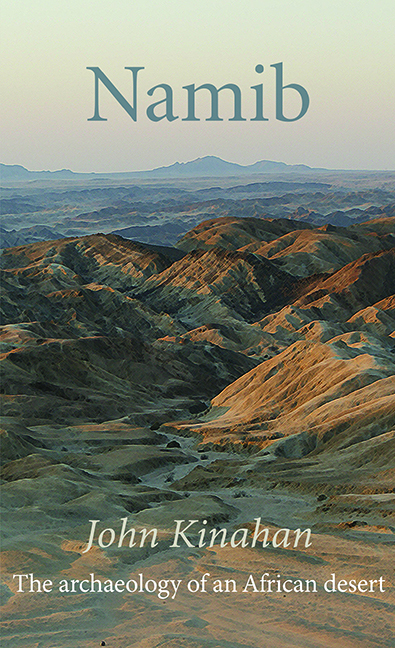Book contents
- Frontmatter
- Contents
- Miscellaneous Frontmatter
- Map
- Dedication
- Preface
- Acknowledgements
- Notes to the Reader
- List of Abbreviations
- List of Figures and Tables
- 1 Introduction
- 2 First Footsteps
- 3 Time’s Arrow
- 4 Mountain Refuge
- 5 Elephants and Rain
- 6 Desert Garden
- 7 The Family Herd
- 8 The Black Swan
- 9 Men in Hats
- 10 The Death of Memory
- Epilogue
- Glossary
- Bibliography
- Index
- Frontmatter
- Contents
- Miscellaneous Frontmatter
- Map
- Dedication
- Preface
- Acknowledgements
- Notes to the Reader
- List of Abbreviations
- List of Figures and Tables
- 1 Introduction
- 2 First Footsteps
- 3 Time’s Arrow
- 4 Mountain Refuge
- 5 Elephants and Rain
- 6 Desert Garden
- 7 The Family Herd
- 8 The Black Swan
- 9 Men in Hats
- 10 The Death of Memory
- Epilogue
- Glossary
- Bibliography
- Index
Summary
It is not just an accident of archaeological preservation that makes our hunter-gatherer forbears appear with the passage of time to become increasingly well equipped, efficient and successful. Complexity, whether in a material form as the technology of hunting, or the less obvious but immanent knowledge that underlies it, is the basis of human resilience and therefore apt to increase. When the archaeological evidence is as abundant and varied as we find it in the Holocene, it becomes possible to see the connectedness of widely dispersed communities and their potential for adaptive change.
Hunter-gatherers throughout much of southern Africa were faced with widespread aridity in the wake of the generally warm humid conditions that prevailed in the early Holocene. This change constrained settlement in some parts of the interior, but led to marked intensification in others, with increasing use of seasonally abundant resources such as marula Sclerocarya birrea fruit in woodland biomes, and geophytes including Watsonia spp., and Hypoxis argentea, especially in temperate montane environments. Falling lake levels in the northern Kalahari lead to greater dependence on fish, as part of a regional emphasis on the exploitation of smaller, r- selected and relatively localized food sources, including in some areas, tortoise and small antelope such as steenbuck Raphiceros campestris. Improved marine ecosystem productivity resulted in greater reliance on coastal sites, and the accumulation of large shell midden deposits along the Atlantic littoral. These developments reflect an increased specialization of hunter-gatherer subsistence, which also brought fundamental changes in social networks, landscape relations, and ritual activity.
In the second half of the Holocene there is evidence in many parts of the subcontinent for the rise of elaborate exchange networks, suggesting increased interdependency between local groups. These relationships helped to mitigate the risks to survival in uncertain environments. There is evidence for more structured gender roles and a possible increase in the status of women as a result of heightened reliance on gathered food, as well as complex ritual activity apparent from a profusion of shamanic rock art.
- Type
- Chapter
- Information
- NamibThe Archaeology of an African Desert, pp. 127 - 174Publisher: Boydell & BrewerPrint publication year: 2022



